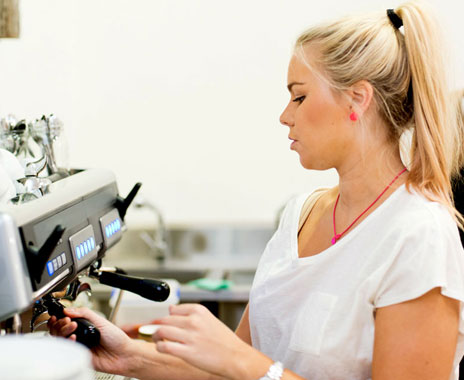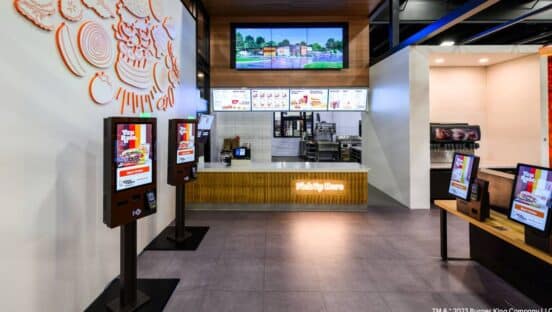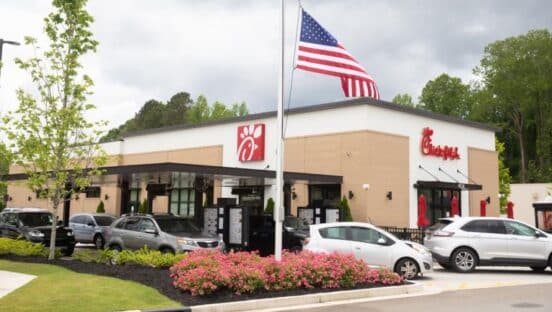The recent quick-service restaurant sales slowdown has been attributed to everything from poor weather in parts of the country to the contentious presidential election.
But, according to the recent Hartman Group report "Food Service Experience 2016," what may be contributing to some of that slowdown is consumers’ evolving expectations for quick serves and an increasing number of choices.
These expectations include an emphasis on freshness, quality, and health.
“A broad range of factors are driving pursuits of quality, healthfulness, and freshness, many of these stemming from personal beliefs equating wellness with what is viewed as better nutrition,” says David Wright, senior manager of marketing development at Hartman, in an email. “But it's not just wellness driving pursuit of higher-quality food experiences; food culture has also become an avenue of discovery, enjoyment, and fun for consumers as they attempt to access the broad range of tastes and cuisines that are presented to them on an everyday basis.”
The downturn in sales continued during August as the restaurant industry faced its third consecutive month of negative same-store sales growth and the sixth month with declining year-over-year sales, according to TDn2K's Black Box Intelligence report. However, based on same-store sales, quick-service has been the best performing segment for the past seven months, TDn2K reports.
Wright says that, in general, this could be related to the pursuit for higher-quality food experiences in all aspects, including shopping for food, eating out, and trying new packaged and fresh ingredients for eating and cooking at home.
While consumers are placing an emphasis on freshness, quality, and health, that is not what drives all eating out decisions. According to the report, convenience, indulgence, atmosphere, and value remain important aspects.
“Fresh and healthier menu options that are desirable and made-to-order through customization of food are key trends across all of foodservice, and they are being led by the fast-casual vanguard,” Wright says. “We believe that to keep pace, quick-service operators should seek to heighten cues of quality and healthiness in menu offerings according to what is scalable and, importantly, what fits with their brand image with regard to their loyal customers.”
Around 66 percent of consumers surveyed in the report said they were “very satisfied” with their most recent quick serve visit, and about 59 percent said they were “very satisfied” with the quality of the meal.
While overall satisfaction is fairly high, Hartman’s report concludes there is room for improvement when it comes to healthy dishes, as 60 percent of consumers say they eat “less healthy” when eating at a quick serve when compared to at home.
This creates a challenge for quick serves to meet these shifting expectations while also meeting the prevalent consumer expectations on value, convenience, and taste, the report says.
Digital technology, including mobile apps, are a way for restaurant operators to reinforce new expectations such as customization and freshness while also augmenting the service speed and convenience for which quick serves are known.
“Mobile ordering and loyalty programs are not just a fad; they are quickly becoming an expectation,” Wright says. “Consumers are becoming habituated to using their phones as tools for procuring and discovering information on fast food … viewed as essentially another outlet front, user-friendly mobile digital tools should reinforce brand personality and identity and seamlessly blend in-person and online experiences.”













